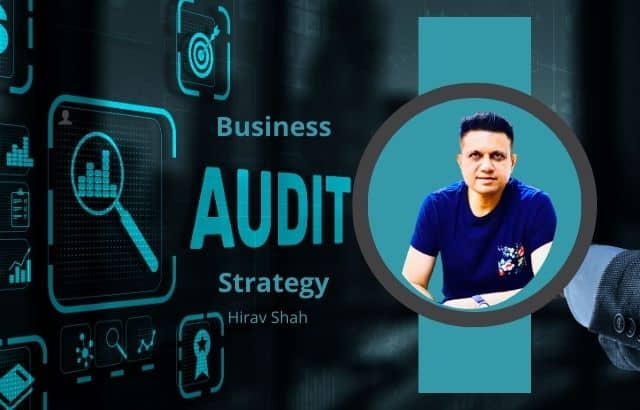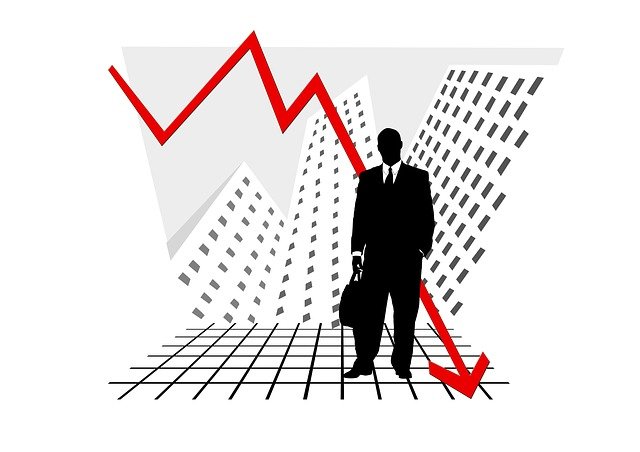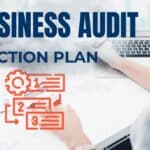Developing a business audit strategy in the context of anticipated economic highs and lows involves a comprehensive and adaptable approach. The goal is to ensure that the business remains resilient, responsive, and well-positioned to capitalize on opportunities while mitigating risks. Here’s a strategy tailored for such a scenario:
Table of Contents
Business Audit Strategy
1. Economic Analysis and Scenario Planning:
- Regularly monitor economic indicators and trends.
- Conduct scenario planning to anticipate potential highs and lows.
- Establish trigger points for specific actions based on economic shifts.
2. Financial Health Check:
- Review financial statements for the past year.
- Stress-test financial models under various economic scenarios.
- Assess liquidity and cash flow to withstand economic downturns.
3. Market and Competitive Analysis:
- Analyze market trends and customer behavior.
- Evaluate the competitive landscape for potential threats and opportunities.
- Identify areas for innovation and differentiation.
4. Operational Efficiency:
- Conduct a thorough review of operational processes.
- Identify cost-saving measures without compromising quality.
- Implement efficiency improvements and technology upgrades.
5. Risk Management:
- Identify and assess key risks (e.g., supply chain disruptions, regulatory changes).
- Develop mitigation plans for high-impact risks.
- Enhance insurance coverage where necessary.
6. Customer and Stakeholder Engagement:
- Collect feedback from customers and stakeholders.
- Enhance customer support and communication strategies.
- Build strong relationships with key stakeholders.
7. Talent Management:
- Assess the skills and capabilities of the workforce.
- Invest in training and development programs.
- Develop a flexible workforce strategy to adapt to economic fluctuations.
8. Technology Integration:
- Leverage technology for automation and process improvement.
- Invest in data analytics for informed decision-making.
- Explore digital channels for marketing and sales.
9. Regulatory Compliance:
- Stay informed about changes in regulations.
- Ensure compliance with existing and upcoming regulations.
- Engage legal counsel to navigate potential legal challenges.
10. Contingency Planning:
- Develop a robust contingency plan for both economic highs and lows.
- Establish a crisis management team and communication plan.
- Test the effectiveness of contingency plans through simulations.
11. Regular Audits and Monitoring:
- Conduct regular internal audits of financial and operational processes.
- Monitor key performance indicators (KPIs) and adjust strategies accordingly.
- Seek external audits for an unbiased assessment of financial health.
12. Flexible Budgeting and Forecasting:
- Implement a flexible budget that can be adjusted based on economic conditions.
- Regularly update financial forecasts based on changing economic scenarios.
- Allocate resources strategically based on priority areas.
13. Supplier and Partner Relationships:
- Evaluate the resilience of the supply chain.
- Diversify suppliers to minimize dependencies.
- Strengthen partnerships with key suppliers and collaborators.
14. Sustainability and Corporate Social Responsibility (CSR):
- Integrate sustainability into business practices.
- Emphasize CSR initiatives to enhance brand reputation.
- Align business strategies with environmental and social responsibility goals.
15. Communication and Transparency:
- Maintain transparent communication with employees, customers, and stakeholders.
- Communicate the steps taken to adapt to economic challenges.
- Manage expectations and build trust through open communication.
By integrating these elements into your business audit strategy, you’ll be better equipped to navigate the anticipated highs and lows of the economy in 2024. Keep in mind that flexibility and adaptability are key in an ever-changing business environment. Regularly reassess and adjust the strategy as needed based on evolving economic conditions and market dynamics.







































